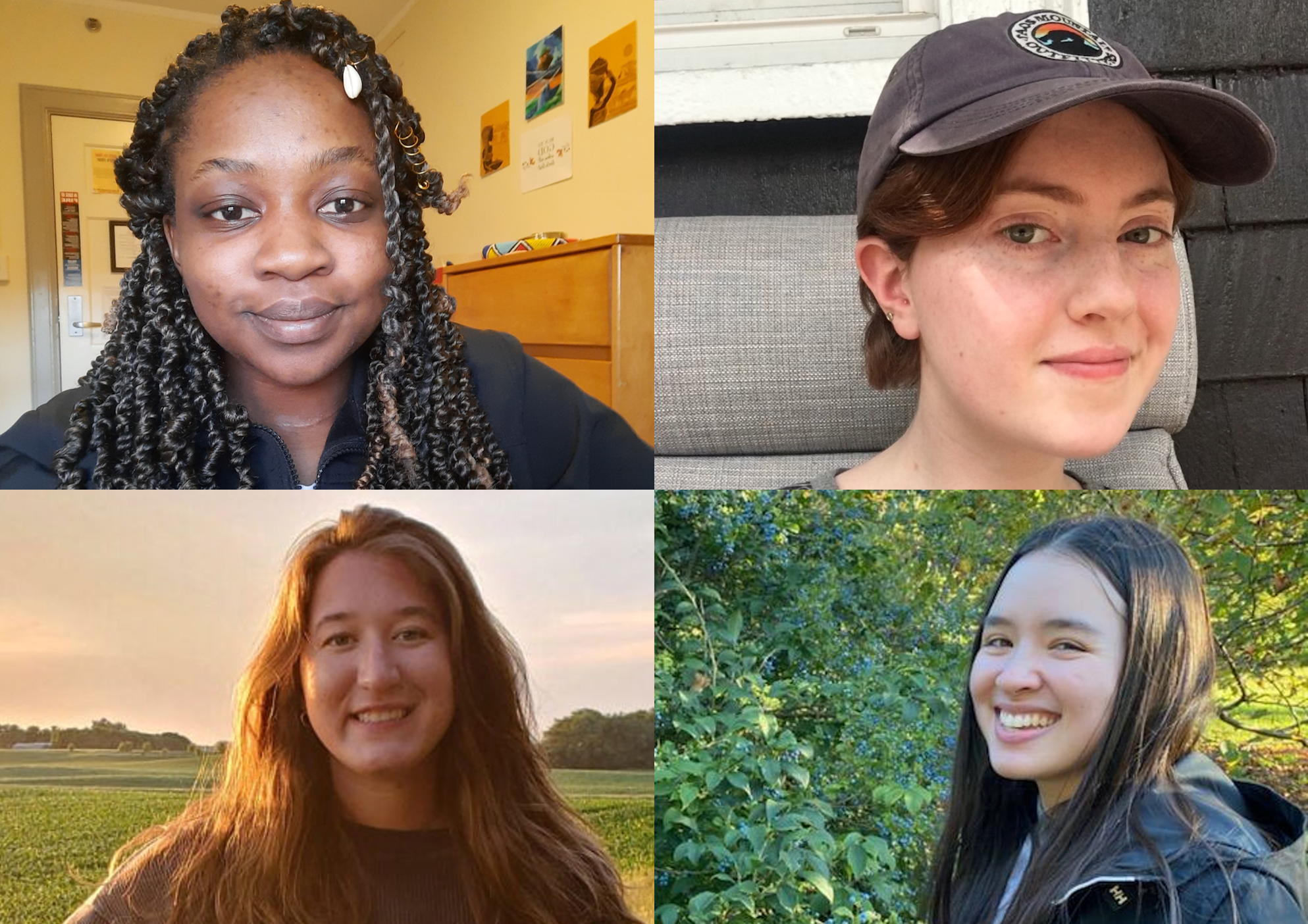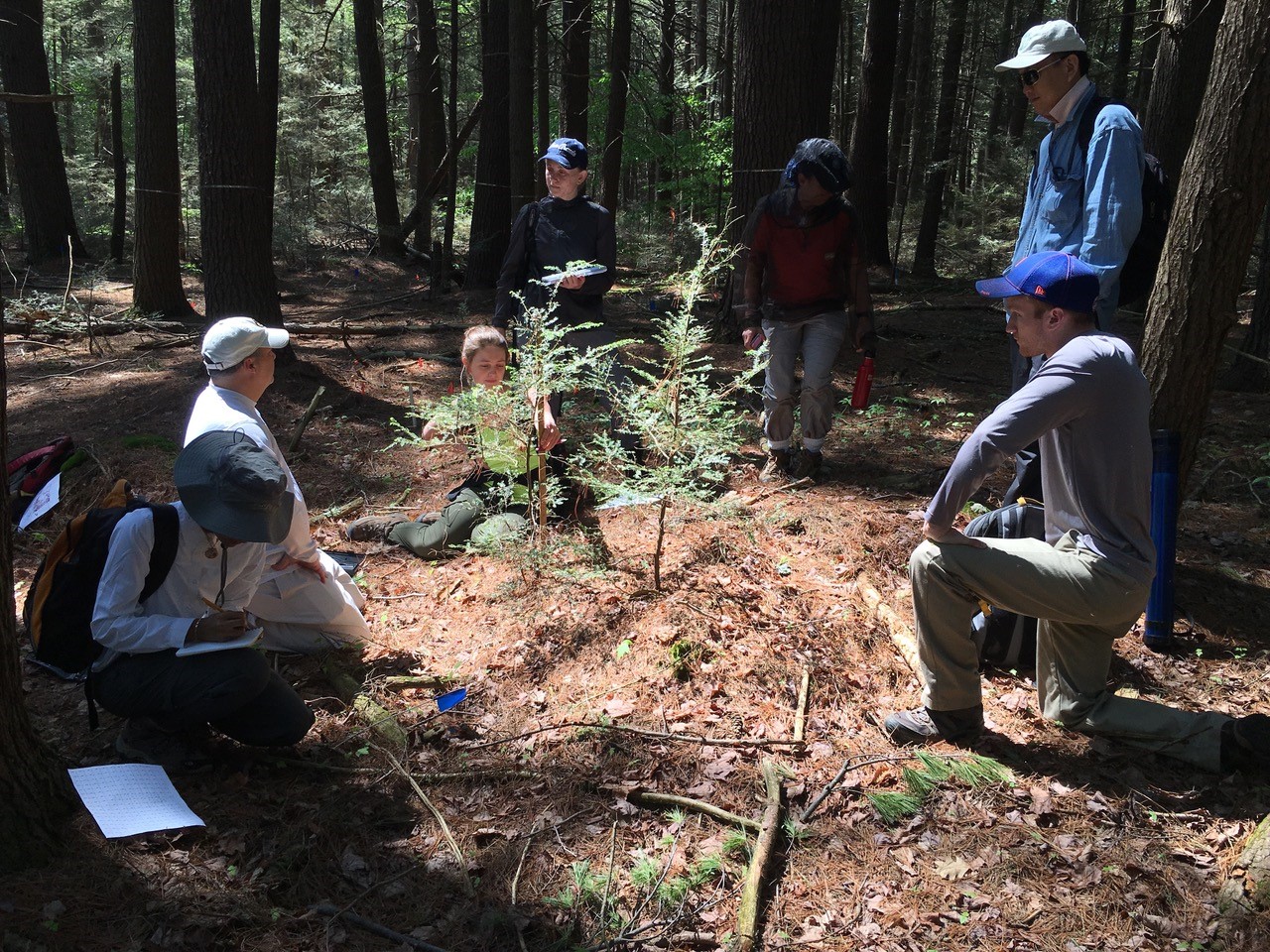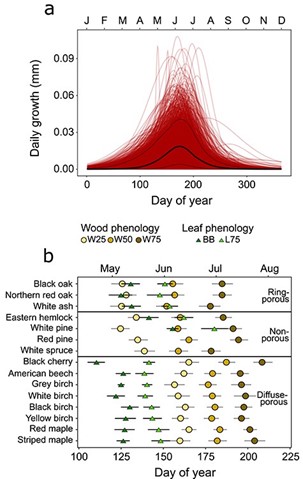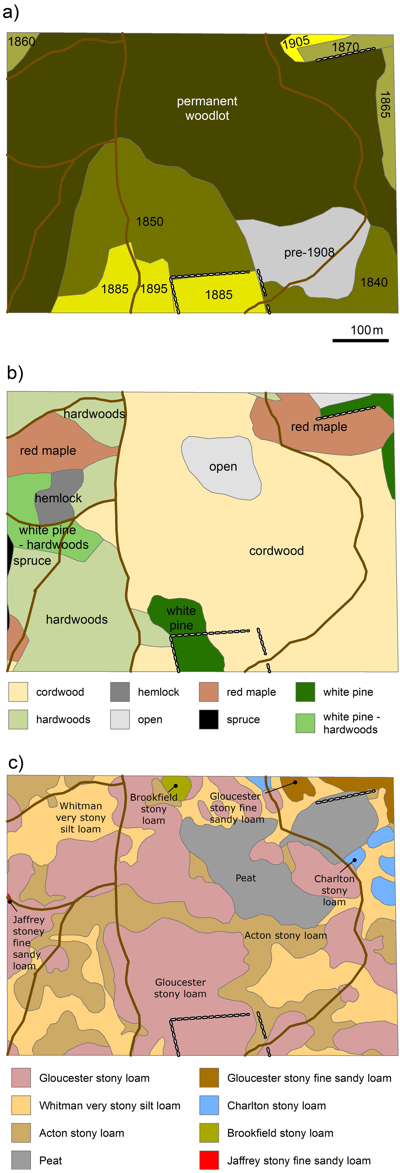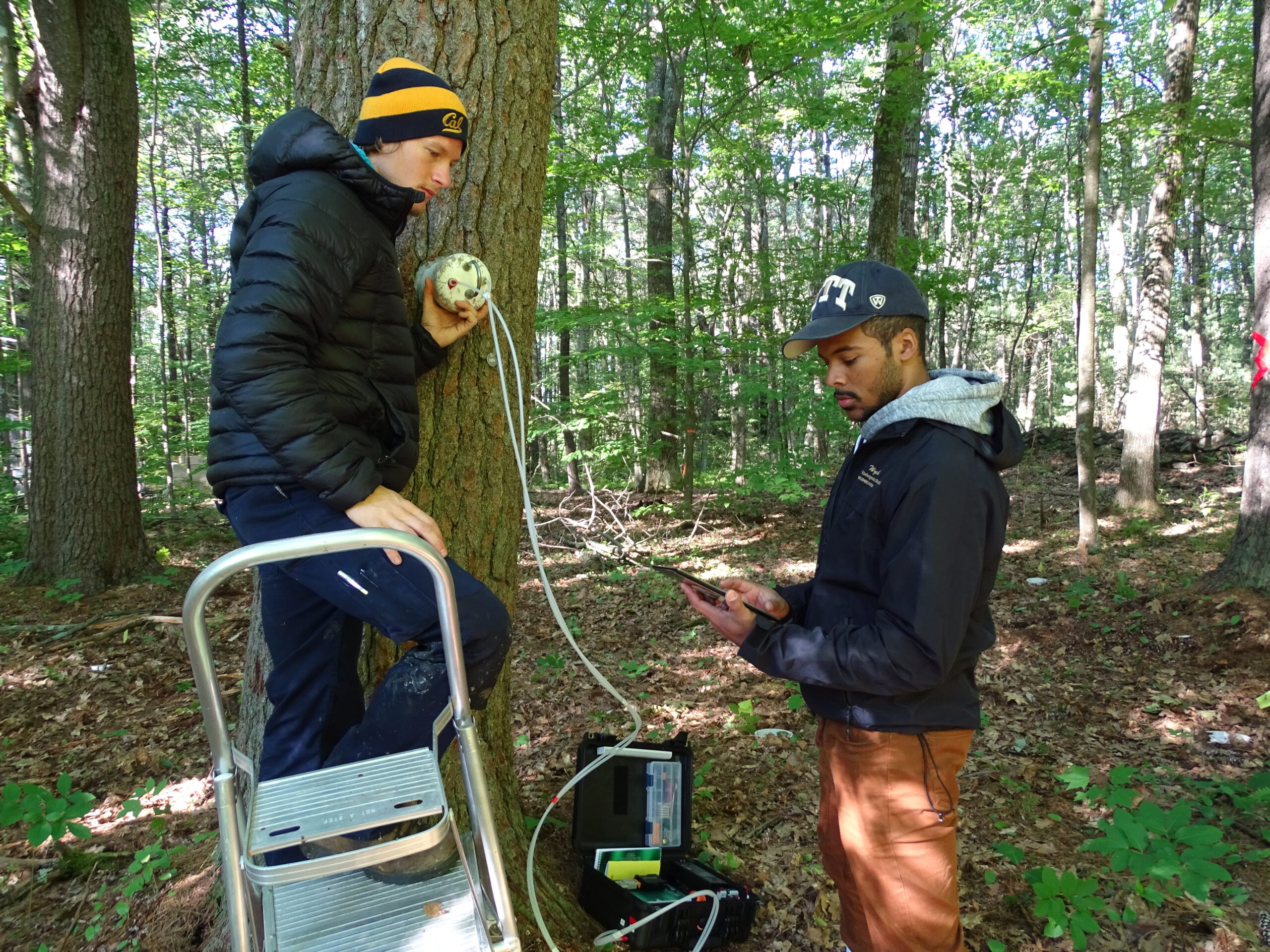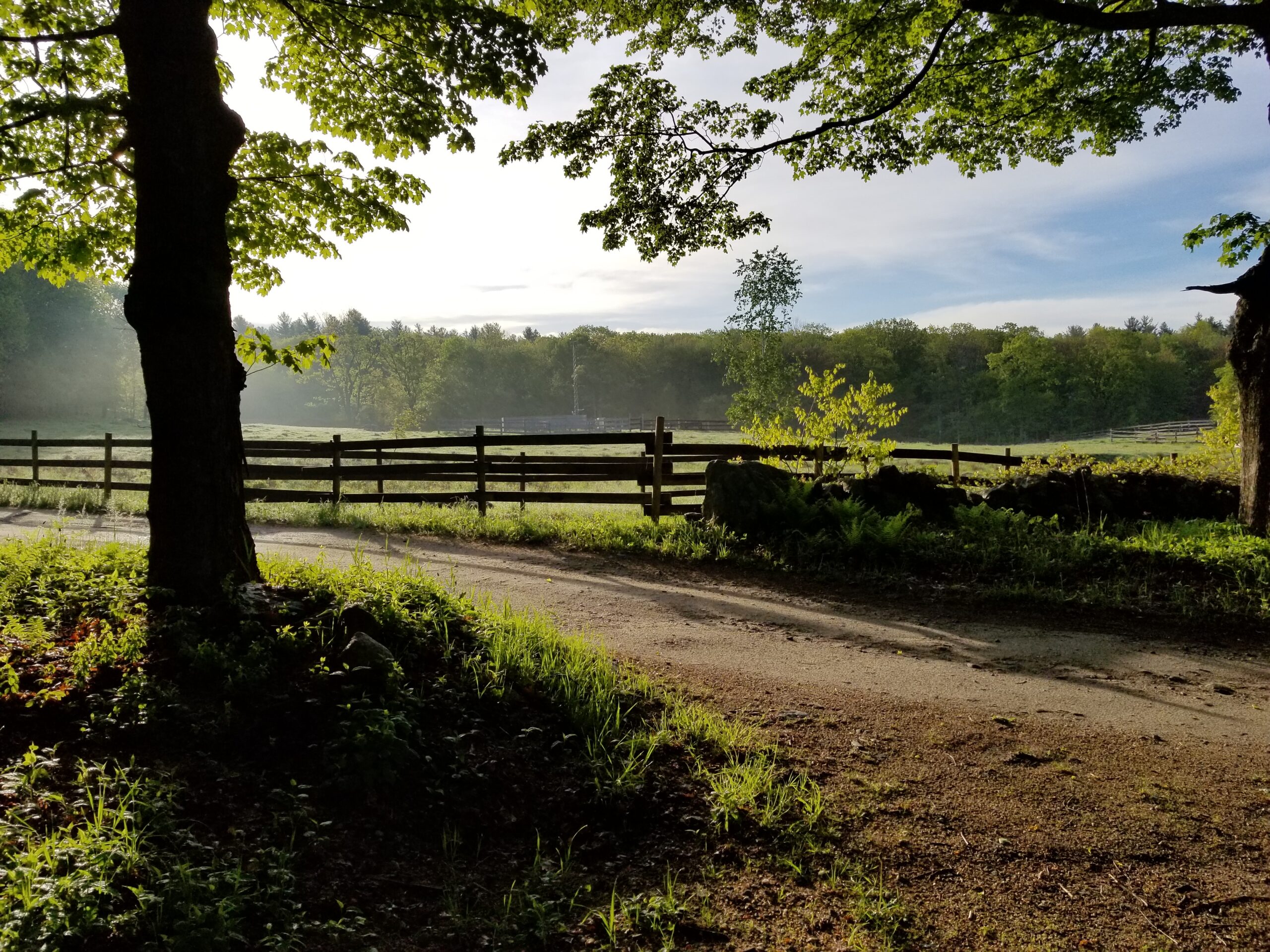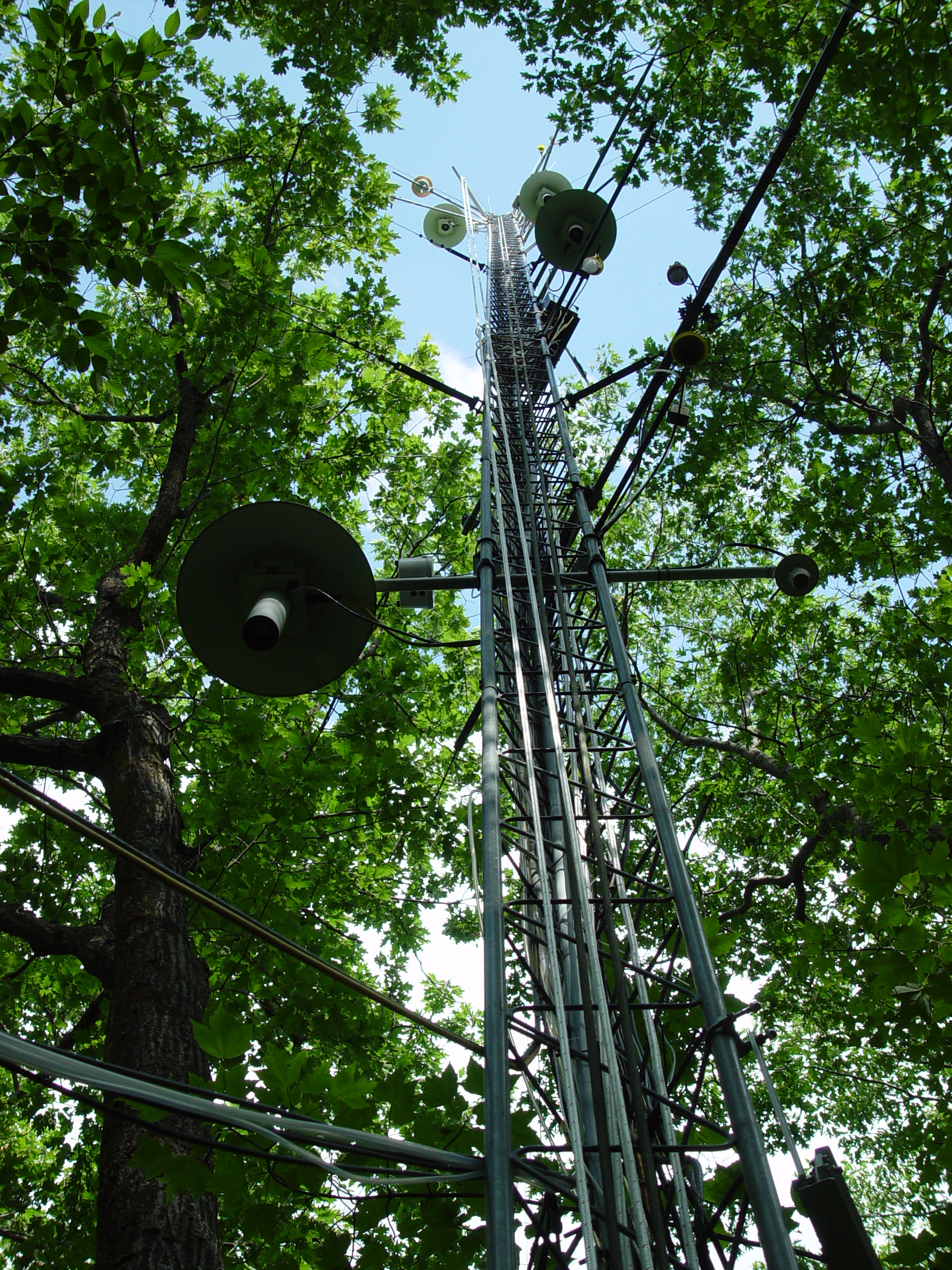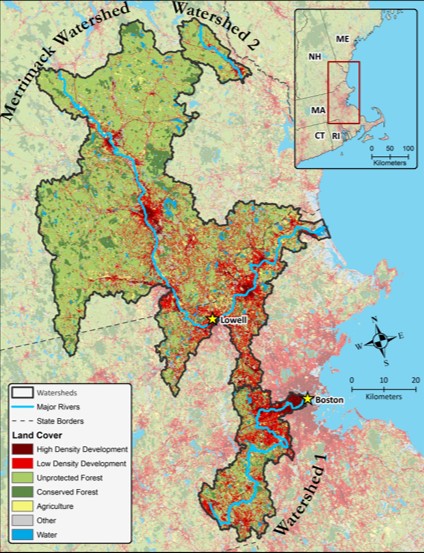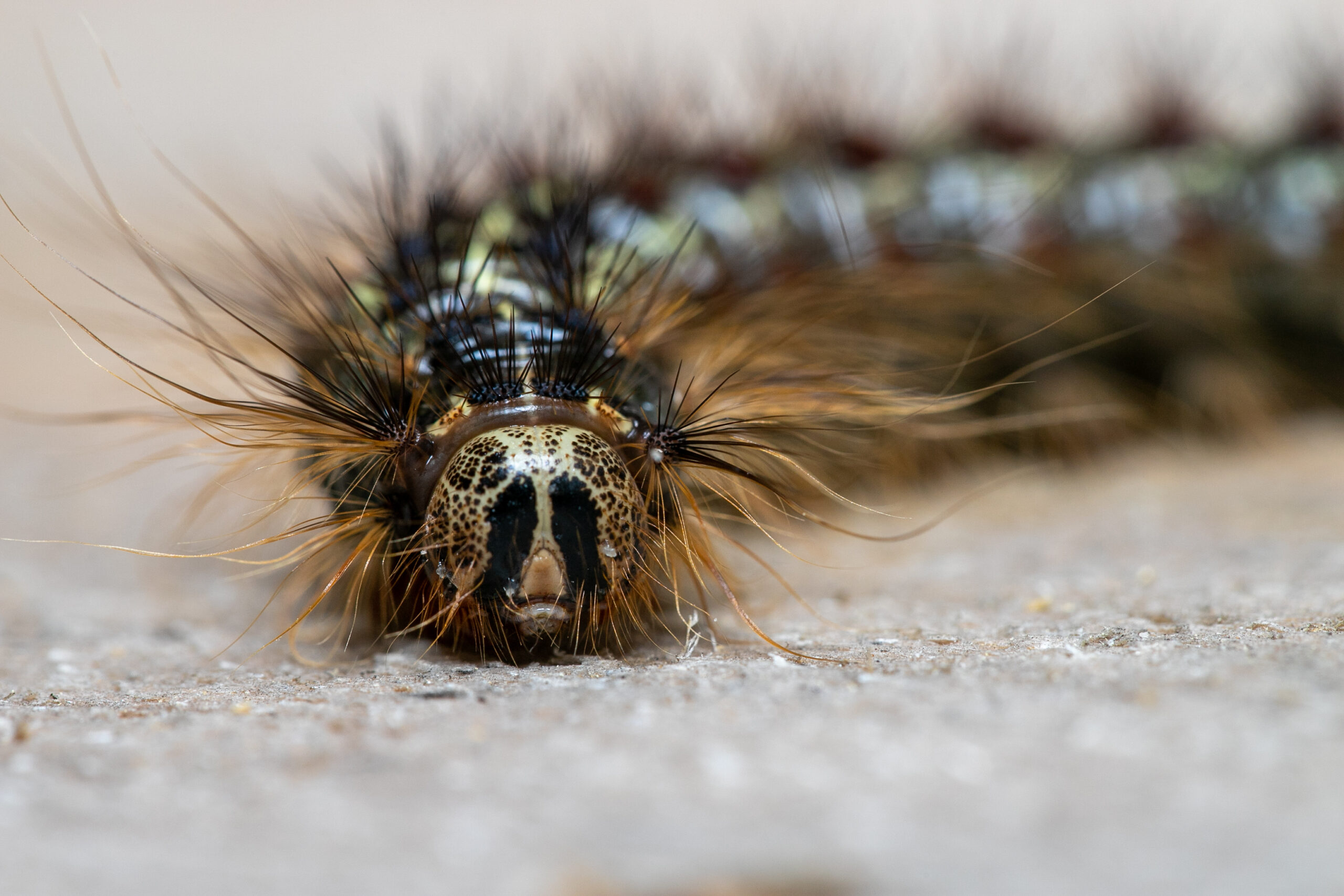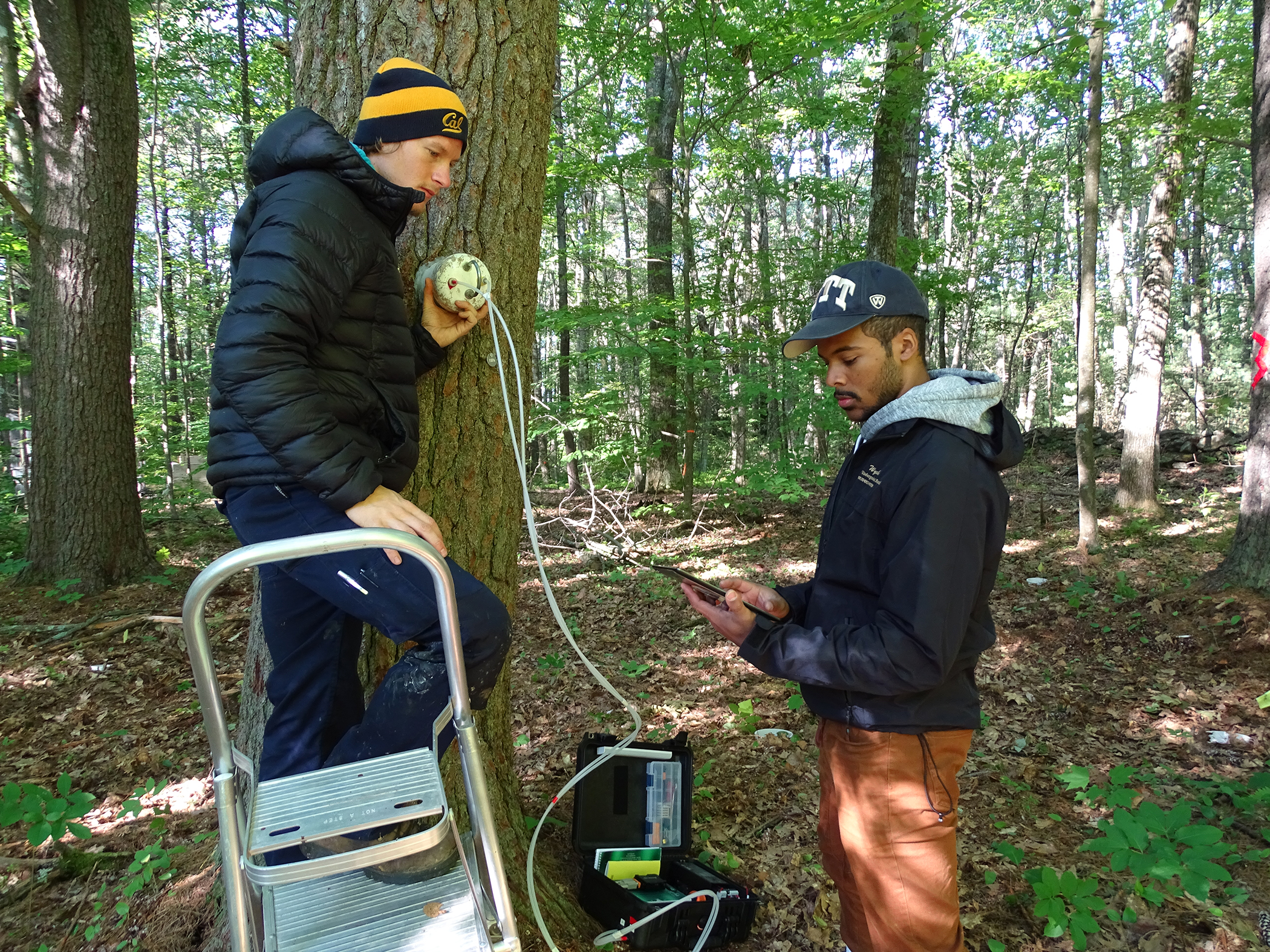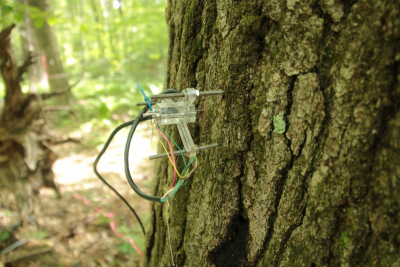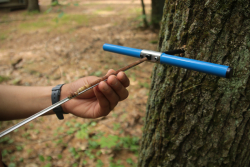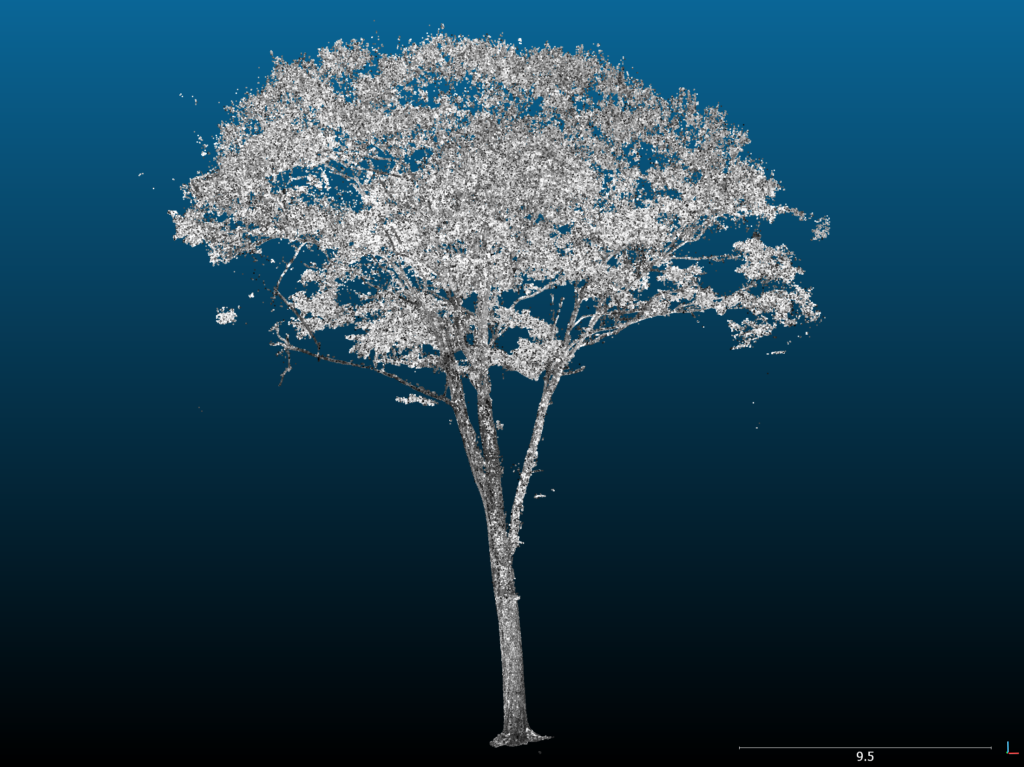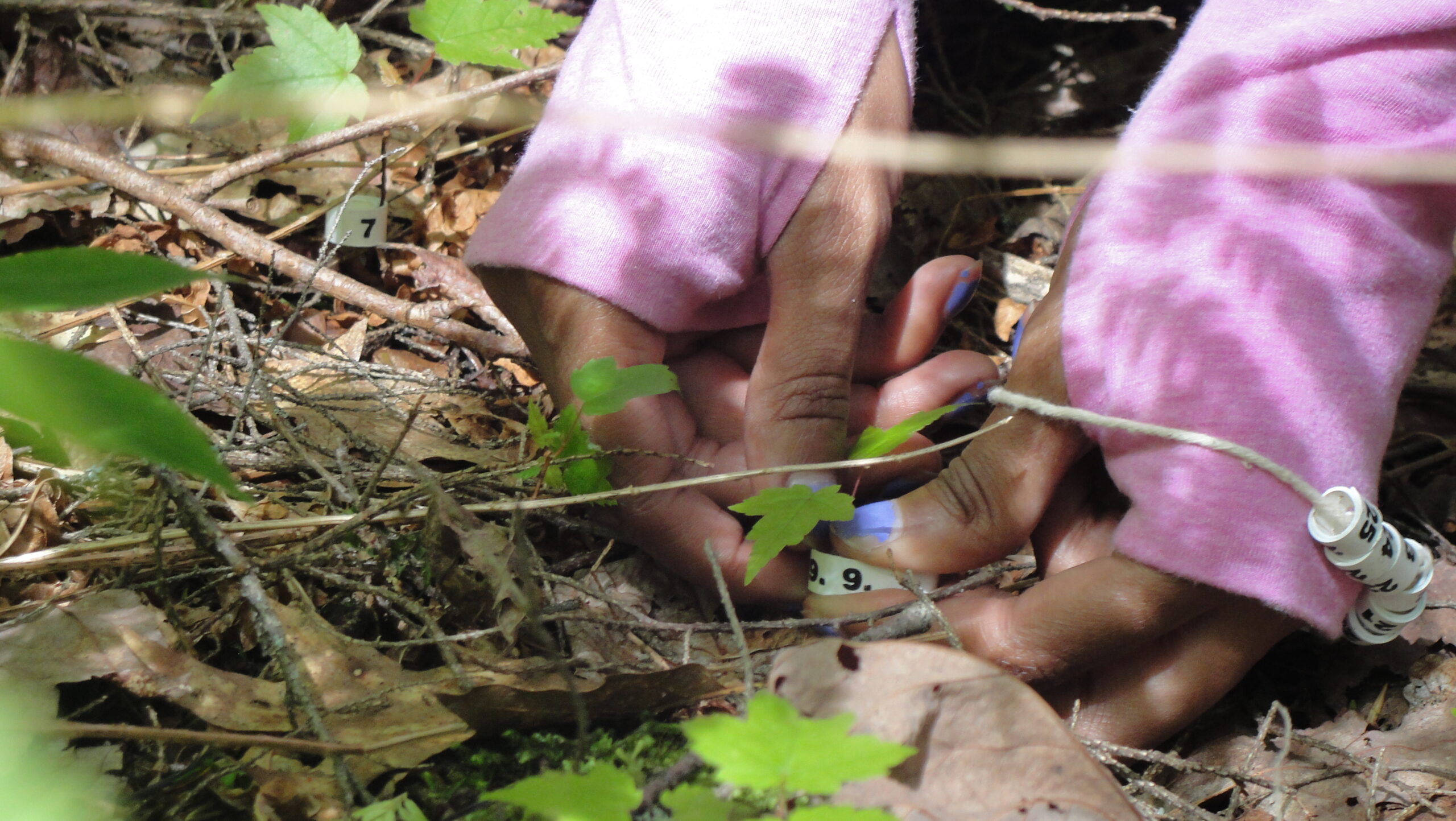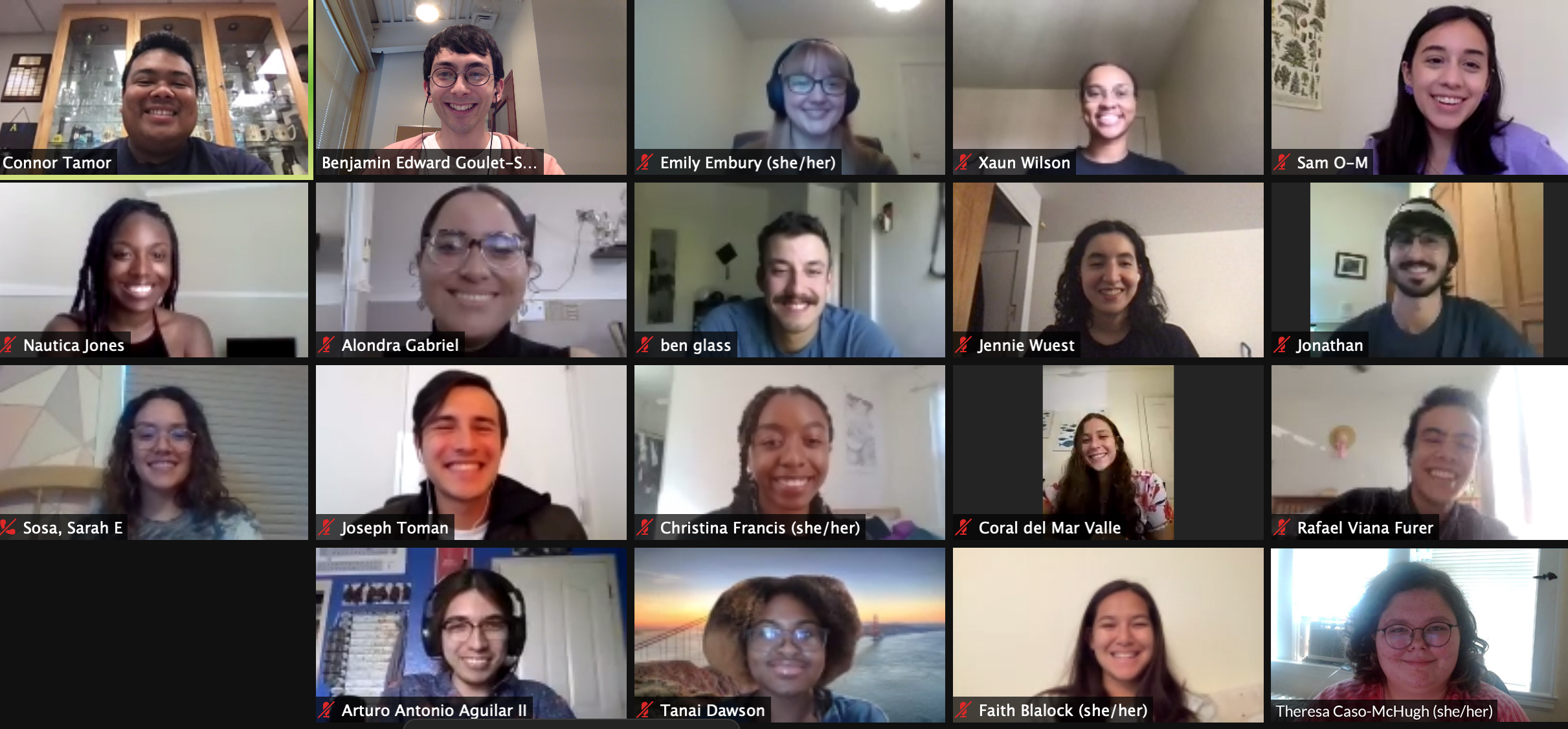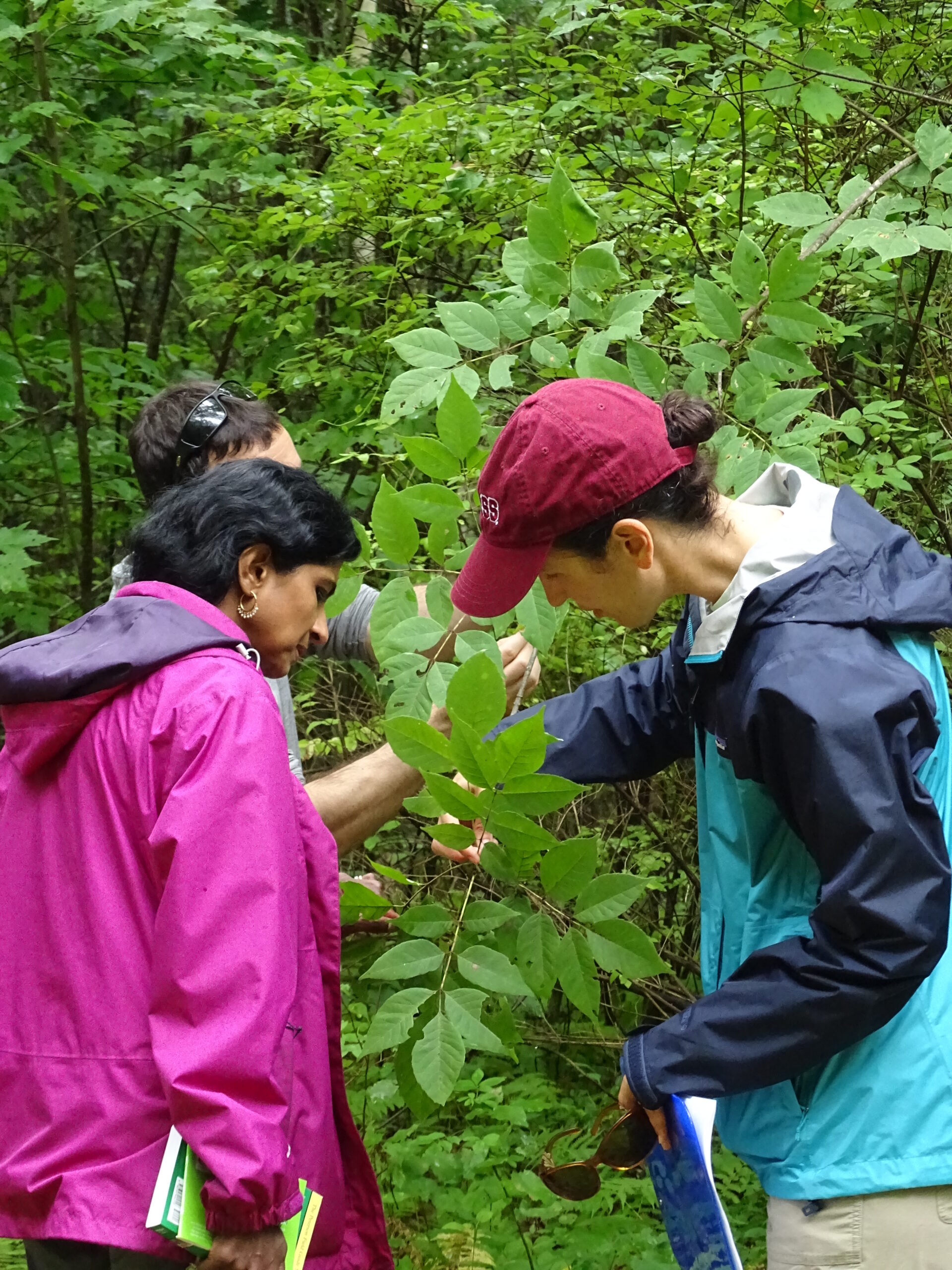Four Harvard students completed intensive winter internships at the Forest this January, working virtually on a range of projects and presenting their findings to community partners and Harvard faculty and staff on January 19.
- Nina Chung, a junior studying Integrative Biology, worked with mentors Jonathan Thompson and Valerie Pasquarella to compare the sensitivity of remote sensing products in detecting changing US forest cover. Nina’s internship was a return to the Forest after being a Freshman Seminar student in 2019.
- Anna Christensen, a PhD candidate in the History of Science department, worked with mentor Clarisse Hart on a number of science communication projects, including a new virtual exhibit for the Fisher Museum (forthcoming in spring 2022).
- Langa Siziba, a first-year studying Electrical Engineering, and Jaidyn Probst, a junior studying Cognitive Neuroscience and Ethnicity, Migration, & Rights, contributed to several land projects with the local Nipmuc tribe, as well as an Indigenous land & STEM voices project. Mentors included Danielle Ignace, Nia Holley, Clarisse Hart, Meghan MacLean, Marissa Weiss, and 2021 Summer Research Program alumni Lehua Blalock and Rafa Furer. Langa and Jaidyn will be continuing their work into the spring 2022 semester.
